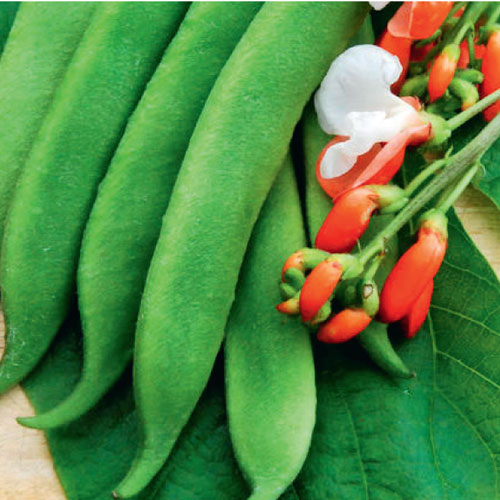Growing Beans

Easy to grow and tasty to eat, beans are a top backyard crop. Part of the legume family, these podded vegies are a good source of vitamins B and C, and fibre.
Fast growers, they provide abundant fresh food for little work, adding colour to the vegie patch when in full flower and laden with pods.
Late spring is the time to sow seeds for a summer harvest but you can grow beans all year in tropical to subtropical regions and spring to autumn in temperate to cool climates.
Beans are at their most tasty and sweet right after picking, before their natural sugars turn to starch. Harvest pods when young to prevent them getting tough and stringy.
TIP Beans freeze well and varieties like kidney and haricot can be dried.
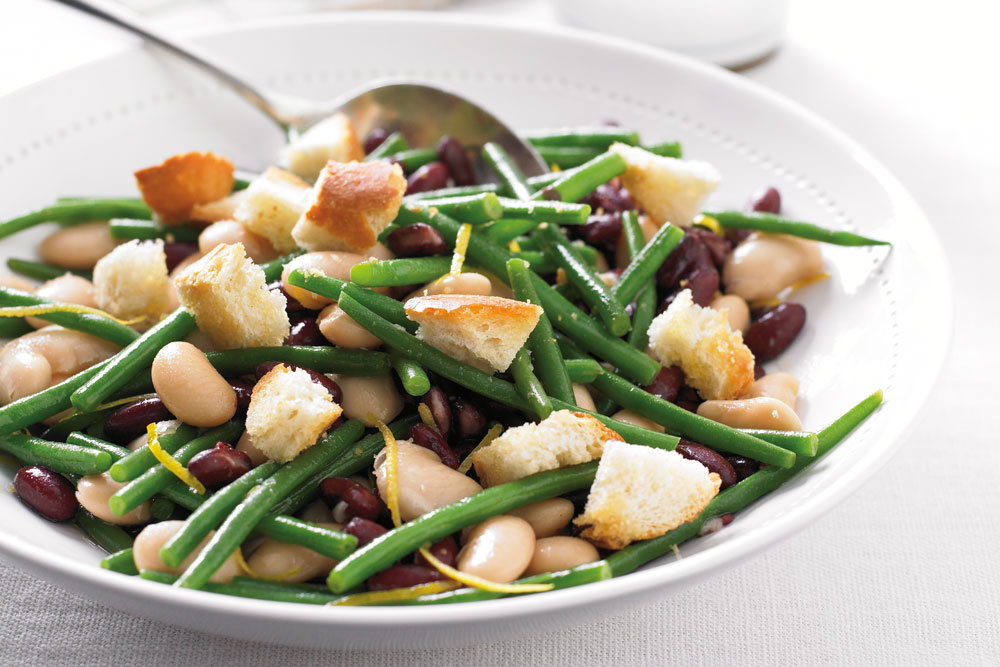
Click here to get the recipe for this light and tasty Three Bean Salad with Lemon and Walnut Dressing
French vs runner
Beans are divided into two main types called French and runner. Both have climbing and dwarf bush plants.
FRENCH varieties include snap, string, kidney, haricot, borlotti and more.
The pods range from long and thin to full and fat in green, yellow, purple and red, and the beans also come in different colours.
RUNNER or perennial beans grow and produce all summer and autumn then die down in winter when they go dormant, emerging again in spring.
Most are climbers that feature red flowers and large seeds in green pods. Certain types have white, pink or multicoloured blooms.
TIP Runner beans are hardier than French and better suited to cool areas.
How to grow
French and runner beans are frost tender, warm-season crops. Don’t grow them where you have raised beans or peas in the last few years.
SOW seeds 50mm deep in moist soil with a pH of 5.5 to 7 in a sunny position sheltered from wind. Dig in well-rotted compost first then make a trench.
Space dwarf varieties every 200mm in staggered double rows, and climbers 300mm apart.
Earth up the soil around the stems of dwarf seedlings and give climbers some support.
WATER regularly in hot weather to prevent wilting. Increase water when in flower and the pods begin to swell, making sure the soil never dries out.
MULCH seedlings by spreading organic matter on top of the soil to retain moisture and promote growth.
HARVEST from eight to 12 weeks when the pods are 170mm or shorter, so they’re young and tender.
Dwarf varieties crop for a shorter period than climbers.
Picking beans regularly, two or three times a week, encourages new flowers and more vegies.
WATCH FOR slugs and snails, picking them off the leaves of young plants.
Plants can suffer from fungal diseases like bean rust. If leaves drop, wither or yellow, and brown or red spots appear on the foliage, pods and stems, apply a fungicide.
TIP To prevent fungal issues, water at ground level, rotate crops and choose disease-resistant varieties.
Harvesting seeds
Let bean pods hang on a healthy plant for as long as possible before the risk of any autumn frosts then pick and remove the seeds from the pods.
Put them in a paper bag then label and store it in an airtight container in a cool place until planting time next spring.
Choosing a variety
Grow the beans that you like to eat, choosing a variety to suit your climate and space. Pick dwarf varieties for pots and grow climbers in beds with supports.
Jade stringless
- French dwarf variety
- Round pods up to 170mm long
- Disease resistant
- Rich flavour
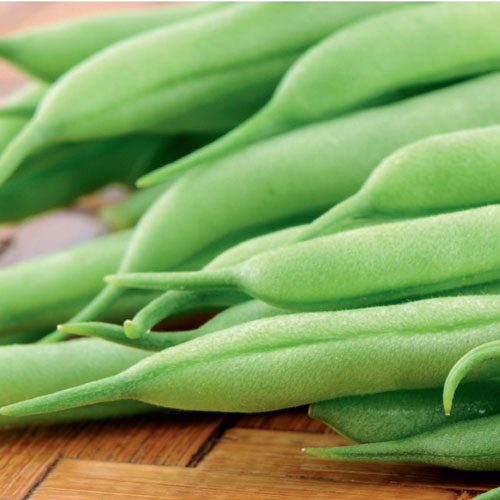
Cherokee wax
- French dwarf variety
- Fleshy yellow pods
- Good yields
- Full flavour
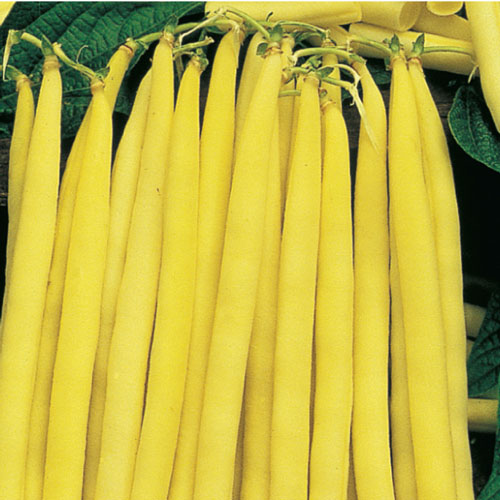
Borlotti
- French dwarf variety
- Red and green streaked pods
- Pick young as a green bean
- Excellent for drying
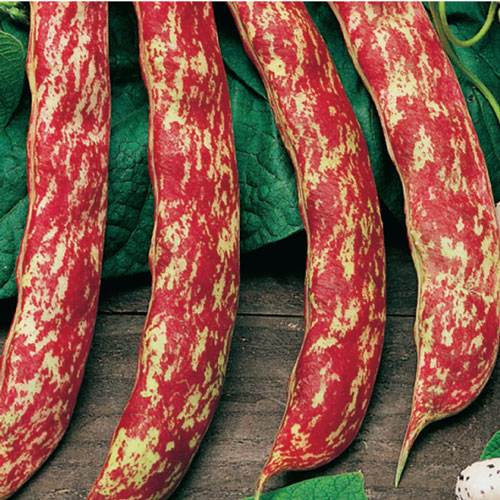
Scarlet runner
- Climbing runner bean
- Red-flowering early variety
- Large, bright green pods
- Heavy cropper that needs support
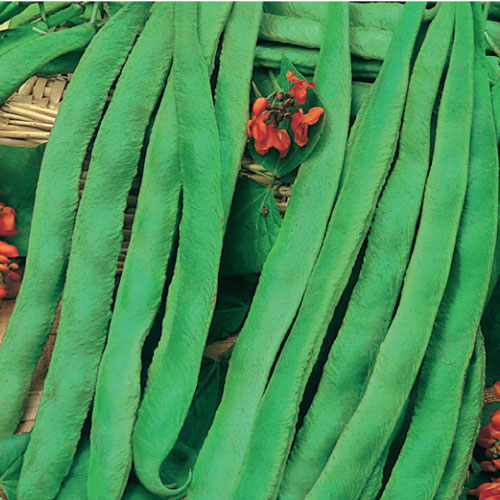
Purple king
- French climber
- Long purple pods to 180mm
- Needs a tripod or canes
- Heavy bearer
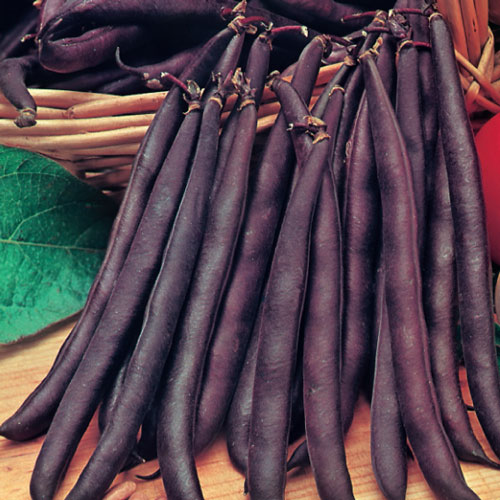
Painted lady
- Climbing runner bean
- Bears orange and white flowers
- Heirloom seed type
- Long, tender green pods
How to plant runner beans
Ideal for small gardens, runner beans take up little room if they’re grown on a tripod or wigwam. Plants tied loosely when they are young will usually climb naturally.






